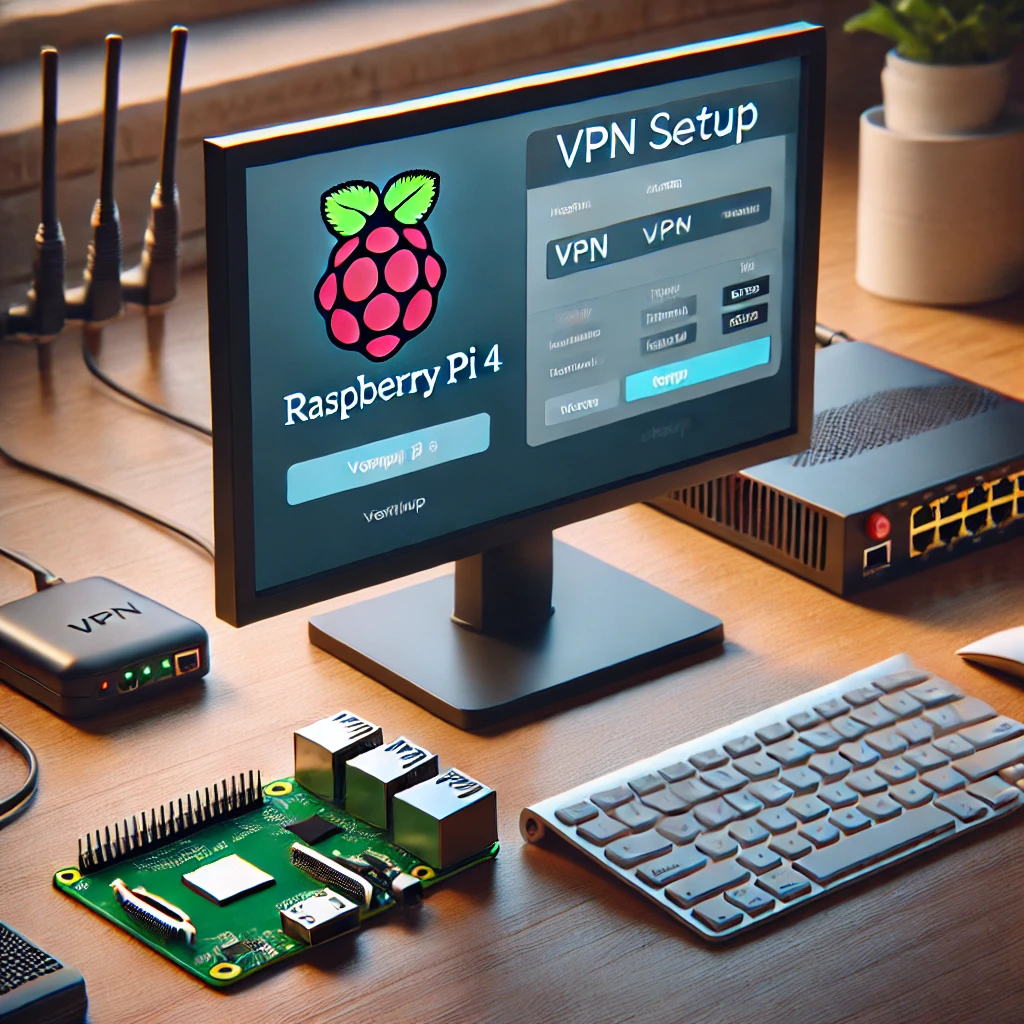Using a Raspberry Pi 4 to create a VPN (Virtual Private Network) is an excellent way to secure your internet connection and protect your privacy. This guide will walk you through the process of setting up a VPN on your Raspberry Pi 4.
Why Use a VPN with Raspberry Pi?
- Enhanced Security: A VPN encrypts your internet traffic, making it difficult for hackers to intercept your data.
- Privacy Protection: It masks your IP address, protecting your online activities from being tracked.
- Access to Restricted Content: A VPN can bypass geo-restrictions, giving you access to content available in different regions.
Prerequisites
Before we begin, ensure you have the following:
- Raspberry Pi 4 with Raspbian OS installed
- Internet connection
- An active VPN subscription
Step-by-Step Setup Guide
1. Update Your Raspberry Pi
Start by updating your Raspberry Pi to ensure all packages are up-to-date.
sudo apt update
sudo apt upgrade
2. Install OpenVPN
OpenVPN is a popular open-source VPN software. Install it using the following command:
sudo apt install openvpn
3. Download VPN Configuration Files
Most VPN providers offer configuration files for OpenVPN. Download the appropriate files from your VPN provider’s website.
4. Transfer Configuration Files
Transfer the downloaded configuration files to your Raspberry Pi. You can use SCP (Secure Copy Protocol) or a USB drive.
5. Configure OpenVPN
Navigate to the directory where you placed the configuration files. Then, start OpenVPN with the following command:
sudo openvpn --config your-config-file.ovpn
6. Verify the VPN Connection
To ensure the VPN is working correctly, check your IP address using an online service like WhatIsMyIP.com. Your IP should now reflect the VPN server’s location.





